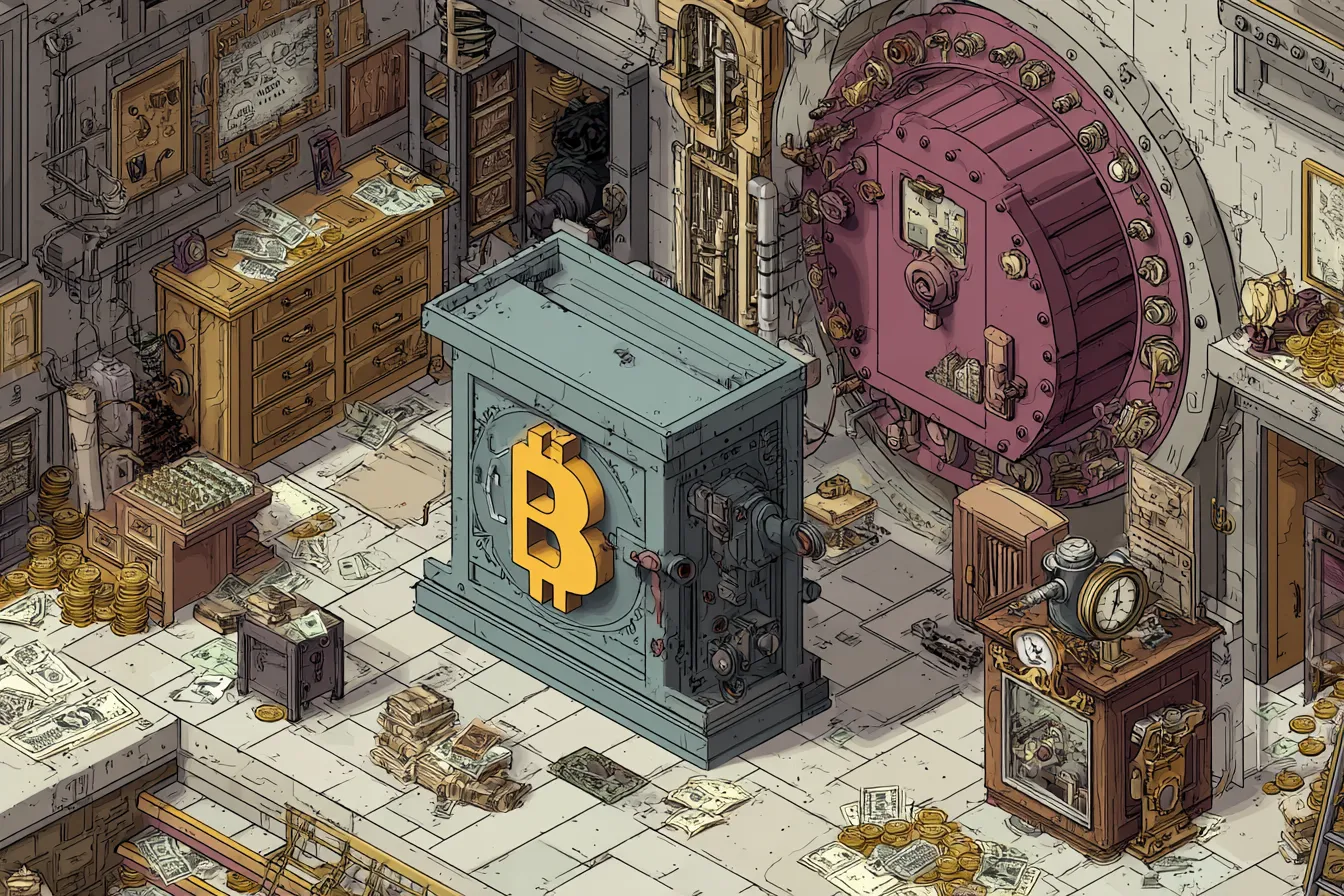Latin America's Crypto Embrace Beyond Investment



Throughout Latin America, digital currencies have transformed into a functional financial instrument, utilized for saving, transferring, and spending in daily activities.
Countless individuals are adopting cryptocurrency as a necessity rather than a gamble in an environment of rising prices, fluctuating currencies, and restricted banking options.
Dune's latest report and analysis centers on the most pressing and significant aspect of adoption: cryptocurrency utilized for transactions in Latin America.
The report shows that last year, Latin America saw a remarkable influx of $415 billion in cryptocurrency value, with many overlooking the region having transcended beyond speculation.
Currently, stablecoins represent a significant 90% of the total exchange transfer volume within the region. In July, USDT and USDC were the clear frontrunners in the market.
Local stablecoins are experiencing significant growth as well.
The volume of transfers for Brazil's BRL-pegged tokens surged from 5,000 in 2021 to an impressive 1.4 million by 2024. That represents a remarkable 280-fold increase.
The surge in stablecoins linked to Mexico's peso has seen an impressive increase of 638 times compared to the previous year.
The infrastructure is going through rapid development. From $2 billion in 2023 to $25.2 billion in 2024, Bitso, a leading regulated crypto exchange based in Latin America, processed twice as much money.
Not merely trade volume, but actual capital coming into the system is also on the surge.
The intriguing part is seeing how this works in reality.
With their stablecoin card, payments app Picnic processes 45,000 transactions weekly in Brazil. Through the integration of Bitcoin infrastructure with local payment systems like PIX, BlindPay has enabled the successful movement of $93 million.
Even long-standing institutions are capitulating. There is now a stablecoin available on Mercado Pago. One of Nubank's services is the addition of USDC.
A lot of promise lies in the remittance part.
Annual remittances to Mexico total $61 billion. Bitcoin transactions processed by Bitso totaled an astounding $3.3 billion. The 5.4% market share achieved in just one year is quite remarkable.
But the most noteworthy change is that 57.7 million Latin Americans now hold cryptocurrencies; 12% of the world's population lives in this area. That adoption rate is higher than in many industrialized nations.
People who don't have access to regular banks are increasingly making money transfers through WhatsApp and Telegram bots. To access global markets, rural people are taking advantage of inexpensive cellphones. Freelancers are getting paid in USDC and spending it the very same day.
This is not indicative of how financial practices have developed over time. Currently, events are beginning to unfold. As CEO meetings revolve around digital currencies and regulatory frameworks, an entire continent is laying the groundwork for a new financial system.
Key Highlights of Dune's Report
The backbone of the financial system is still exchanges: Ethereum is leading in high-value settlements, Tron is enabling cost-effective USDT transactions, and Solana and Polygon are enhancing retail engagement.
These three foundations bolster retail adoption, institutional participation, and cross-border value transfer throughout LATAM, with annual flows increasing ninefold from 2021 to 2024, reaching $27 billion.
Stablecoins play a crucial role in the on-chain economy of LATAM: In July 2025, USDT and USDC accounted for over 90% of the volume across monitored exchanges.
Currently, local stablecoins like those pegged to the BRL have experienced a significant 660% increase in volume year-over-year, while MXN-pegged tokens have shown an extraordinary growth of 1,100 times in the same period.
This trend indicates a rising adoption of these stablecoins as viable domestic payment solutions.
Increasingly efficient and more readily available: Allowing approximately $60 million in volume, infrastructure providers like Capa and platforms like PayDece and ZKP2P worked together to create permissionless, multi-chain access, which in turn links Bitcoin to local economies.
Payment applications are transforming into digital banks: Platforms such as Picnic, Exa, and BlindPay provide a seamless interface for managing stablecoin balances, savings, and real-world spending.
The utilization of cryptocurrency for practical financial requirements is on the rise, appealing to both those with banking access and those without, particularly within younger, mobile-centric demographics.
Elsewhere
Blockcast
Institutional Stake-hodlers: stETH vs stVaults vs Sales Cycle
Lido Ecosystem Foundation's head of institutional relations Kean Gilbert hops on Blockcast to confirm that institutions are here, after a long journey of discovery and education. Discover what happens during the shift from traditional finance to the forefront of blockchain innovation, and explore the strategic moves shaping the future of Ethereum and liquid staking.
Access the episode from your preferred podcast platform here .
Blockcast is hosted by Head of APAC at Ledger, Takatoshi Shibayama . Previous episodes of Blockcast can be found here , with guests like Kapil Duman (Quranium), Eric van Miltenburg (Ripple), Jeremy Tan (Singapore parliament candidate), Hassan Ahmed (Coinbase), Sota Watanabe (Startale), Nic Young (Oh), Jacob Phillips (Lombard), Chris Yu (SignalPlus), Kathy Zhu (Mezo), Samar Sen (Talos), Jason Choi (Tangent), , Mark Rydon (Aethir), Luca Prosperi (M^0), Charles Hoskinson (Cardano), and Yat Siu (Animoca Brands) on our recent shows.

DBS Bank Tokenizes Structured Notes on Ethereum for Third-Party Distribution
Singapore lender expands blockchain capabilities as crypto-linked products see $1 billion in trading...

Trump Jr.-Backed Digital Marketing Firm Pivots to Dogecoin Mining in $154 Million Deal
Thumzup Media to acquire Dogehash Technologies in all-stock transaction, rebranding as publicly trad...

Hong Kong's Ming Shing Joins Bitcoin Treasury Wave with $483M Purchase
Construction company becomes latest Asian firm to adopt cryptocurrency reserve strategy amid global ...

